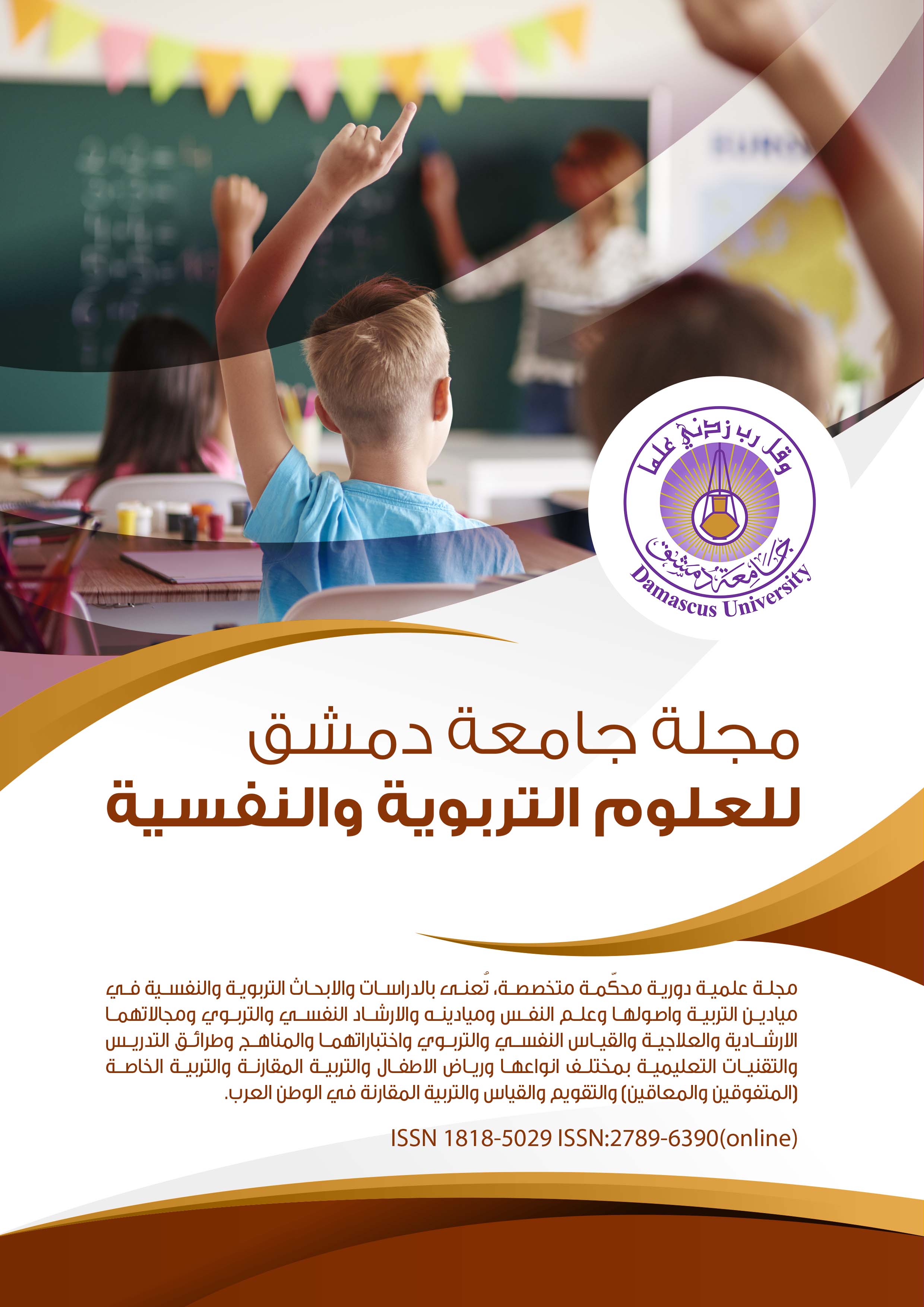The reality and obstacles of counseling work in Damascus secondary schools from the point of view of a sample of counsellors
Keywords:
Counseling Work, Reality Of Counseling Work, Psychological Counsellor, Obstacles To Counseling WorkAbstract
This research aims to identify the reality and Obstacles of counseling work in the secondary schools of the city of Damascus from the point of view of some psychological counsellors. They numbered (120) counsellors, the counseling work reality scale prepared by the researcher in (2023) and the counseling work obstacles scale prepared by by (Karima and Al-Hashemi, 2020), were used to answer the research questions. A number of results were reached, most notably: The reality of counseling work in the schools of the city of Damascus is not activated from the point of view of the research sample, and the obstacles to the counseling work are present in a high percentage in the schools of the city of Damascus, in addition the obstacles to the counseling work had a significant impact on the reality of counselling work. The most influential on the reality of counseling work: the obstacles related to the general conditions of the profession with an impact rate of (0.77), followed by the obstacles related to the psychological counselor with an impact rate of (0.69), followed by the obstacles related to the work team with an impact rate of (0.66), followed by the related obstacles Being guided has an impact rate of (0.61), followed by barriers associated with parents at a rate of (0.53).

